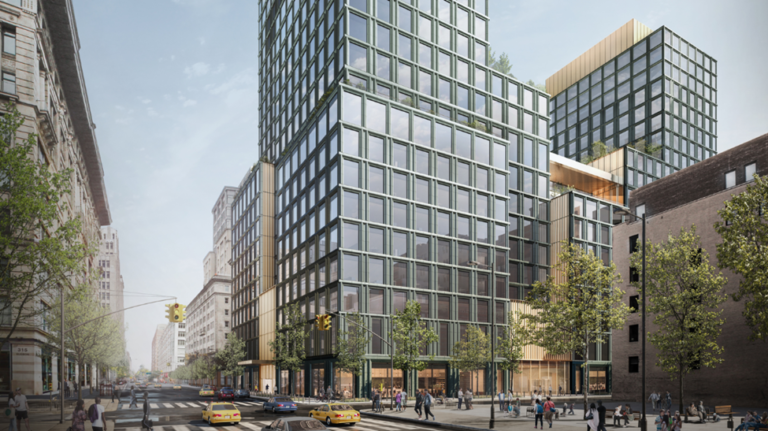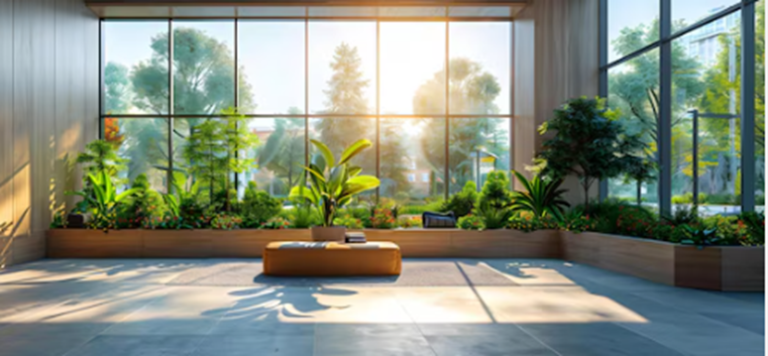Mechanical Systems in Buildings: What You Need to Know About the Components
A mechanical system in a building is crucial. It ensures comfort and functionality.

Heating, Ventilation, and Air Conditioning (HVAC)
HVAC systems regulate indoor temperature. They also control air quality. Heating systems include boilers and furnaces. Boilers produce steam or hot water. Furnaces heat air directly. Ventilation systems exchange indoor and outdoor air. They remove stale air. Fresh air is brought inside. Air conditioning systems cool the air. They reduce indoor humidity.
Plumbing Systems
Plumbing systems manage water supply and waste. They include pipes and fixtures. Pipes transport water throughout the building. Fixtures like sinks and toilets use water. Plumbing systems also include drainage. Drains remove waste water efficiently.
Electrical Systems
Including wiring and outlets, electrical systems provide power. Wiring is set to distribute electricity safely. Outlets are used for device connections. Lightning is also included in electrical systems. Basic purpose of lights is to illuminate the building. Powers panels are used to control the electricity flow. Circuit breakers are used to prevent overloads. Emergency systems deliver backup power. Generators activate during outages.
Fire Protection Systems
Fire protection systems ensure safety. They include alarms and sprinklers. Alarms detect smoke or fire. Sprinklers release water to extinguish flames. Fire protection systems also include extinguishers. Extinguishers put out small fires. Fire doors prevent fire spread. They isolate fire-affected areas.
Elevators and Escalators
Elevators transport people vertically. They include shafts and cars. Shafts house the elevator cars. Cars carry passengers safely. Escalators move people between floors. They consist of moving steps. Handrails provide stability on escalators.
Building Automation Systems (BAS)
BAS control mechanical administration. They include sensors and controllers. Sensors judge systems execution. Controllers regulate systems settings. BAS advance energy use. They improve building effectiveness. BAS include security systems as well. Security systems look at the entrance points. They guarantee building safety.
Structural Components
Structural components including beams and columns support the building. Beams are the concrete support to carry loads horizontally. Columns are the concrete support to hold vertically. Foundations holds the whole building and provides stability. Structural components guarantee the safety.
Insulation
Insulation regulates temperature. It includes materials like foam. Foam prevents heat transfer. Insulation improves energy efficiency. It reduces heating and cooling costs. Insulation also provides soundproofing. It minimizes noise transmission.
Windows and Doors
Windows are the main source of natural light. They comprise of glass panes. Glass panes can be double glazed. Double-glazing enhances the insulation of the building. Doors allow entry and exit. They include pivots and locks. Locks guarantee the security.
Roofs and Walls
Roofs safeguard the building. They incorporate shingles or tiles. Shingles are common in houses. Tiles are utilized in commercial construction. Walls support the roof. They incorporate studs and drywall. Studs give structure. Drywall makes smooth surfaces.
Flooring Systems
Flooring systems provide walking surfaces. They include tiles and carpets. Tiles are durable. Carpets offer comfort. Flooring systems also include underlayment. Underlayment provides cushioning. It reduces sound transmission.
Windows Treatments
Window treatments control light. They include blinds and curtains. Blinds adjust light levels. Curtains offer privacy. Window treatments also improve insulation. They reduce heat loss.
Ceiling Systems
Ceiling systems cover structural components. They include tiles and panels. Tiles are suspended. Panels are fixed. Ceiling systems also provide acoustics. They reduce noise levels.
Exterior Systems
Exterior systems safeguard the structure. They incorporate siding and paint. Siding gives a climate safe layer. Paint safeguards surface from damage. Exterior systems upgrade appearance. They further develop control demand.
Interior Systems
Interior systems enhance functionality. They include partitions and finishes. Partitions divide spaces. Finishes include paint and wallpaper. Paint adds color. Wallpaper adds texture.
Security Systems
Security systems guarantee safety. They incorporate cameras and alerts. Cameras monitor movement. Alarms alert authorities. Security systems likewise include access control. Access control directs entry.
Communication Systems
Communication systems enable connectivity. They include phones and intercoms. Phones facilitate voice communication. Intercoms allow internal communication. Communication systems also include internet. Internet provides online access.
Waterproofing Systems
Waterproofing system includes membranes and coatings prevent leaks. Membranes block water and coating cover surfaces. Waterproofing systems protect structures form water damaging.
Energy Management Systems
Energy management systems include sensors and meters, improve usage. Sensors track consumption of energy. Meters deliver data. Energy management systems expand efficiency. They lessen costs.
Lighting Systems
Lighting systems include fixtures and bulbs, illuminate spaces. Fixtures hold bulbs. which emit light. Lighting systems also contain controls. Controls alter brightness.
Mechanical Controls
Mechanical systems include thermostats and timers, regulate systems. Thermostats are used to regulate temperature. Timers are used to schedule operations. Mechanical controls enhance ease.
These components work together. They create a functional building. Efficient systems improve comfort. Proper maintenance ensures longevity. Understanding these systems is essential. It helps in managing buildings effectively. Properly functioning systems enhance safety. They ensure occupant well-being. This is the essence of mechanical systems. They are vital for building operations. Every component has a role. Together, they maintain the building. This completes the overview.
FAQ’s
Funstion of building automation systems (BAS) control?
What do electrical systems provide?
The purpose of ventilation systems?
What do heating systems include?
Exterior systems enhance what?
What do security systems ensure?






